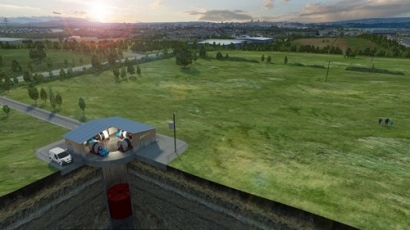
Both Charlie Blair, Managing Director of Gravitricity and Miles Franklin, Lead Engineer, are graduates of the College.
An article on the Imperial College London website quoted Blair, saying, “Miles and I wanted to really test the work we had done, so we came back to Imperial and talked to a few people to find out who would be suitable. This is a first-of-a-kind project and we wanted to make sure we were working with the right people. Obviously we are happy with the conclusions and to see that we could be even more competitive in 2025 than we are now.”
The report states Gravitricity's first-of-a-kind 4MW prototype system could prove to be cheaper than batteries on a levelized cost of storage basis. he modeling emphasizes the importance of long life and lack of degredation for revenue stacking.
The company states its technology is ideally suited to network-constrained users and operators, distribution networks and major power users. The technology operates in the 1MW to 20 MW power range and enables existing grid infrastructure to go further in a renewable energy world.
The company’s patented technology is based on a simple principle: raising and lowering a heavy weight to store energy. In practice, it has similar advantages to pumped storage for networks up to 33kV, without the need for a nearby mountain with a lake or loch at the top.
The key requirement is a deep hole in the ground; it can be a disused mineshaft brought back into use, or a purpose-sunk shaft. Shaft depths can be from 150m for new shafts down to 1500m for existing mines.
The biggest single cost is the hole, and initially the company will test the technology using existing mine shafts.
The company currently has plans to deploy a 250kW concept demonstrator working with Dutch company, Huisman. Gravitricity's aim is to trial its first full-scale prototype in 2019 or 2020 at a disused mine in the UK.

